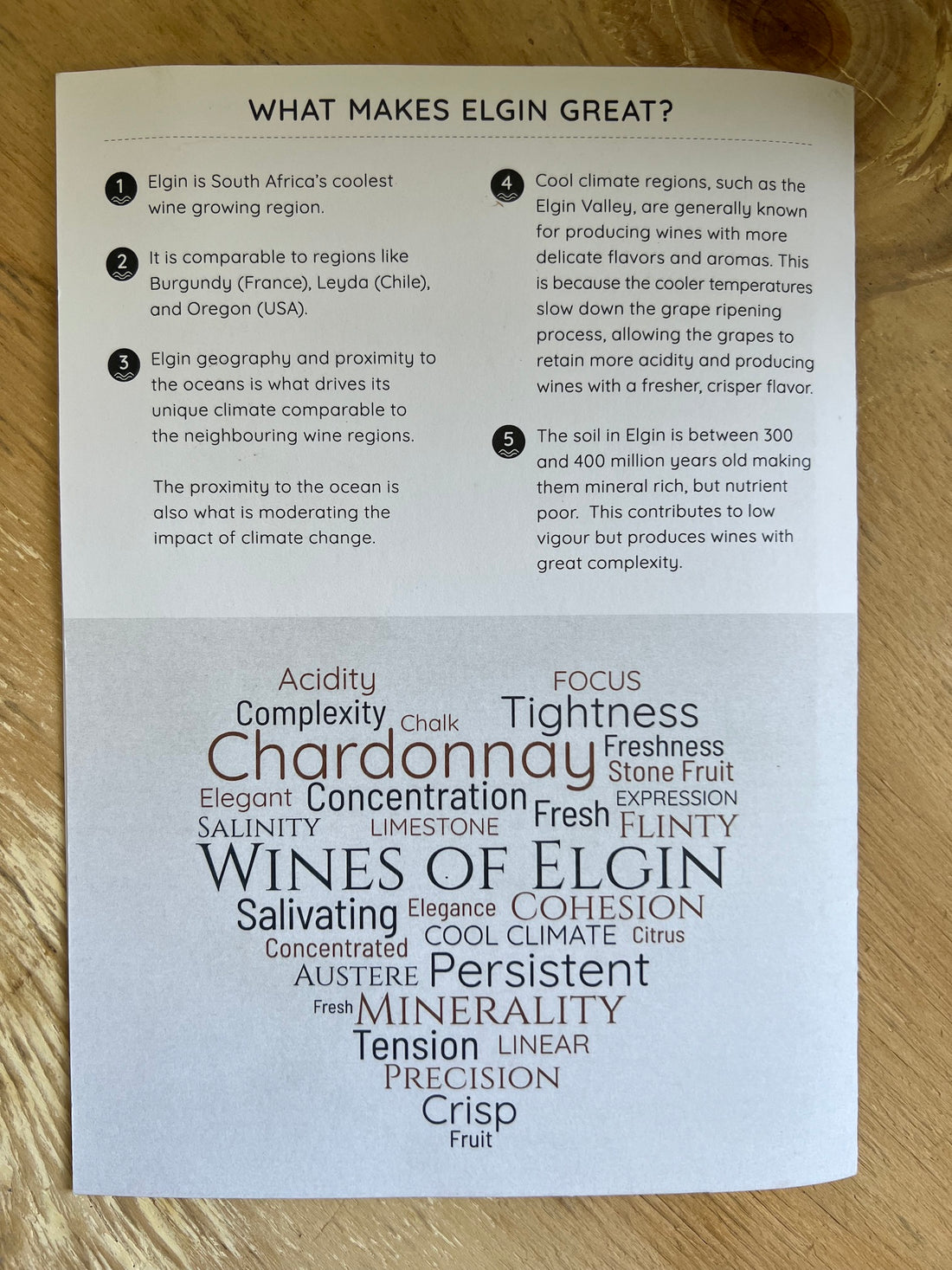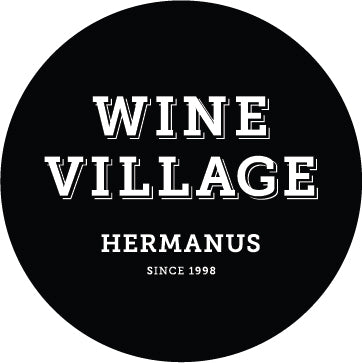
The Chardonnays of Elgin
Share
As the modern Cape wine scene matures, regions are claiming their stake regarding certain varieties, if not building reputations on specific varieties. Early on, Hemel-en-Aarde communicated and its focus on Pinot noir and embedded a reputation there. Stellenbosch has always claimed – and proven – a way with Cabernet sauvignon. The Swartland swooped in on Syrah, Chenin blanc and old vine Cinsault and played a powerful role in pulling these varieties into focus.
Chardonnay is considered the queen of white varieties, a “noble” grape that is planted all over the world – and is the largest planting by variety on the globe. The battle for “ownership” of Chardonnay in South Africa has been particularly pointed, and is still ongoing. Early on, the Stellenbosch and Robertson producers made the style that South Africa “grew up” with – ripe yellow fruit flavours, well slathered in lovely, vanilla buttery French oak. Later – and today – many of these same producers have lightened their style of Chardonnay. But at the same time the producers of the Hemel-en-Aarde co-claimed Chardonnay as being as well suited to the valley as Pinot noir is – an echo of Burgundy, where the two grape varieties do coexist and make exceptional wine.
Over the last 10 years, Elgin has made strong moves on its claim to being the epicentre of quality Chardonnay, signalled by the Chardonnay Colloquium that has been held annually for a number of years, and was again last week. Their claim is rooted in the cool climate of the area, specifically in the good diurnal fluctuation they have (the difference between day and night temperatures) and particularly the very cold nights and winters. They also typically have cloud cover over the vines. All of this helps to protect acidity in the grape and its essential fruit flavours. Chardonnay being a naturally low acid grape, it can become “flabby” if you don’t protect the acid through a cooler ripening.
Today, all the producers of Elgin make a Chardonnay. At the Colloquium, we tasted four flights of these, and the common thread between them was certainly the firm acidity, which helps with refreshment when youthful and durability as they age. Later, a few bottles of older vintage wines certainly proved this point, with good wines back to 2007. The wines also showed bright fruit, in the “fresh” profile (lime, lemon, white peach) as opposed to the “rich” profile of yellow peach and tangerine.
Wines were tasted semi-blind. Some of my favourites were:
- Shannon Oscar Browne 2021 with its intense but integrated palate. It’s a bigger wine that has seen 100% malolactic fermentation, and very luscious.
- The Paul Cluver 2020 is in the other direction – very bright and lively and zippy with unfurling layers – super wine in the modern style.
- The Neil Ellis Whitehall 2021 was really excellent, crystalline and textured with great length. A 2015 showed wonderfully too.
- Thelema Sutherland 2021 is richer, with a full palate that does not lack fruit – many tasters, on the day, mistook it for a Burgundy.
- Iona Highlands 2021 was a delight of lemon flavour and had lovely drive – from older blocks on the property.
- Almenkerk 2021 is in the more voluptuous style with a rich, broad palate, nutty and citrus – for lovers of the classic South African style.
- And the Kershaw Clonal Selection 2019 which is a fascinating balance of complexity and liveliness created from 11 different parcels of vineyard.
So is Elgin the “home” of Chardonnay in South Africa? One thing that is sure is that lovers of the grape can find great pleasure in choosing a Chardonnay from Elgin. I still think the competition from our other regions is strong in this category, but, other than Hemel-en-Aarde, no other area shows this amount of focus on one variety.
And focus always informs the future.
*Many of the wines tasted were pre-release, but if you would like to order the wines when released, or more information, please be in touch – info@winevillage.co.za
